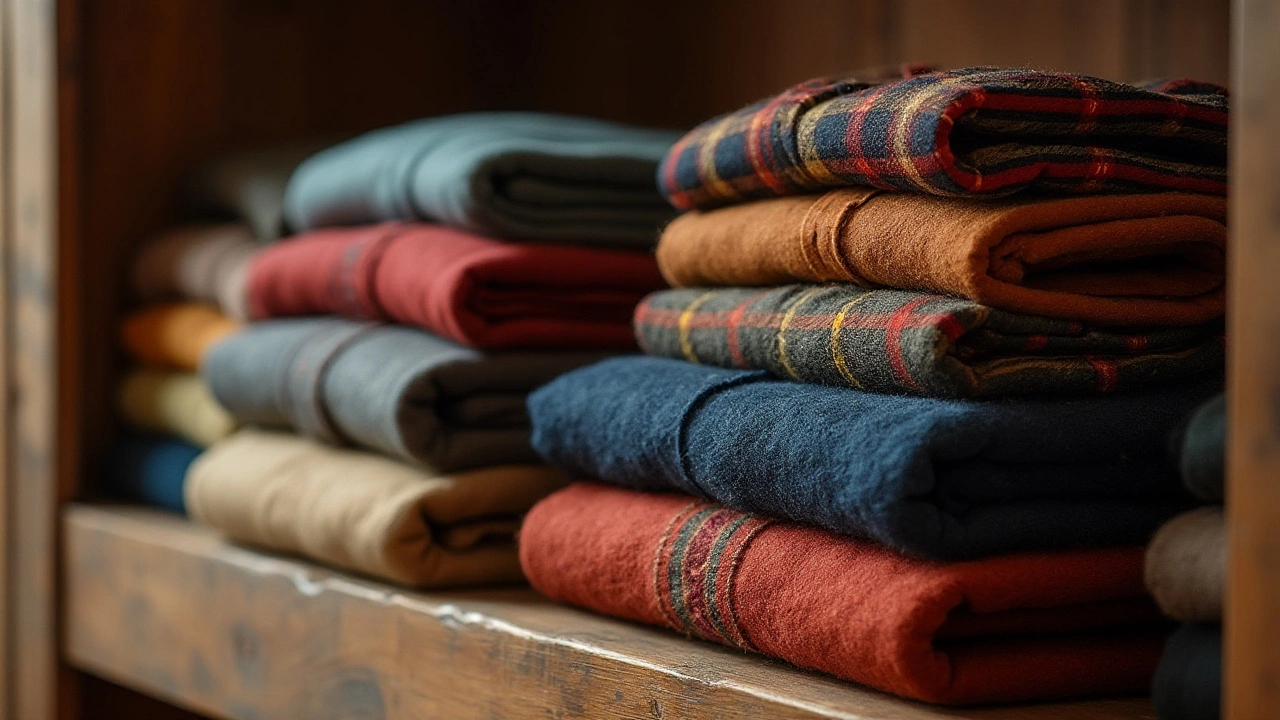Storage Tips for Handmade Clothes and Footwear
Got a growing collection of unique garments and shoes? You’re not alone. Most of us end up with piles of items that lose shape, get dusty, or just sit unused. The good news? Simple storage habits can keep your favorite pieces looking new and make your closet feel bigger.
Shoe Storage Made Simple
First off, shoes need breathing room. Instead of stuffing them into a tight box, use a shoe rack or a hanging organizer with clear pockets. This lets air circulate and stops that off‑smell from the bottom up. If you prefer boxes, choose ones with ventilated lids or add a small sachet of cedar chips. Cedar not only smells great, it absorbs moisture that can cause mold.
For boots and high‑tops, consider shoe trees. A wooden tree holds the heel in place and keeps the toe box from flattening. It’s a tiny step that pays off when you pull the boots off after a season of storage. And don’t forget to stuff shoes with tissue or shoe bags if you must stack them; the padding stops unwanted dents.
Sort by season. Keep summer sandals in a separate bin and winter boots in another. Label each container so you don’t have to dig through everything when the weather changes. A quick tip: wrap shoes in a thin cloth before boxing them. The cloth reduces friction and protects delicate finishes like suede or hand‑stitched leather.
Clothing Care and Space Saving
Handmade garments often have delicate fabrics, so treat them like you would a treasured book. Fold sweaters and knit tops instead of hanging them – hanging can stretch the shoulders. Use wide, non‑slip hangers for dresses and coats; the extra width stops shoulders from sinking.
Invest in a breathable garment bag for items you want to keep away from dust but still accessible. Avoid plastic bags; they trap moisture and can cause mildew. If you have a lot of scarves, belts, or accessories, roll them into small cylinders and slide them into clear drawer dividers. This method keeps everything visible and saves a ton of drawer space.When you’re short on closet room, think vertical. Install a tension rod underneath your hanging bar and use it for hanging shirts, skirts, or even shoes with the help of a hanging shoe bag. It’s an instant double‑layer that doesn’t require drilling into walls.
Lastly, schedule a quick quarterly check. Pull each item out, give it a short brush, and decide if it still fits your style. This habit prevents “just‑in‑case” hoarding and keeps your storage area tidy year round.
With these straightforward storage tips, your handmade clothes and footwear will stay fresh, organized, and ready whenever you need them. No fancy equipment, just a few smart moves that protect your pieces and make your closet feel brand new.

Folding Coats: Best Practices and Common Mistakes
Discover the nuances of coat folding as we explore whether it's okay to fold them, the impact on coat material, and the best methods to preserve their shape. This guide will help you make informed decisions about storing your outerwear efficiently. From understanding the texture of your coat to practical tips for small spaces, we aim to equip you with useful knowledge. Reducing the chances of wrinkles and damage has never been easier.




